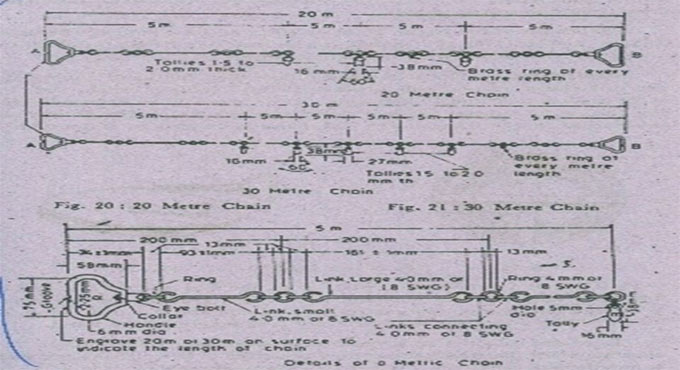Setting survey process is applied to set out the exact position of a projected structure inside the legal boundaries of a plot of land.
The objective of setting out is to set out perfect position & levels of building lines and road alignments for a projected structure as per construction plans by applying different techniques and instruments.
This type of survey is very vital while going to set up any type of construction work.
Generally, a set-out survey comprises of the process for transforming a building design onto the land itself in order that the builders can abide by the process throughout construction. Throughout the process, major points are set up and markers are applied for the progression of the building process and maintain perfectness.
For large scale projects like high rise buildings and developments, multiple set-out surveys are required as the construction advances. This type of survey is mainly undertaken for the earthworks, roads, car parks, sewerage, water and the actual buildings themselves.
Methods of Setting Out Survey
The objective of setting out is to set out perfect position & levels of building lines and road alignments for a projected structure as per construction plans by applying different techniques and instruments.
This type of survey is very vital while going to set up any type of construction work.
Generally, a set-out survey comprises of the process for transforming a building design onto the land itself in order that the builders can abide by the process throughout construction. Throughout the process, major points are set up and markers are applied for the progression of the building process and maintain perfectness.
For large scale projects like high rise buildings and developments, multiple set-out surveys are required as the construction advances. This type of survey is mainly undertaken for the earthworks, roads, car parks, sewerage, water and the actual buildings themselves.
Methods of Setting Out Survey
1. Setting out buildings by coordinates
2. Setting out with theodolite and level
3. Examining verticality
2. Setting out with theodolite and level
3. Examining verticality
4. Setting out and alignment in steel framed buildings
5. Alignment and verticality in form work
6. Control and computation for route surveying
5. Alignment and verticality in form work
6. Control and computation for route surveying
Setting Out Building by Coordinates
A building is set out by adopting referencing from an already established baseline. An asymmetrical building or a building with complicated geometry can also be established by applying the equivalent process. For each corner of the building, a grid line is set up from the baseline.
Examine Verticality - The verticality of points in a building is examined with the following surveying instruments:
1. Plumb Bob (For buildings less than 20m in height)
2. Optical Plummet (A transparent plastic sheet is used as a target for checking verticality of tall buildings)
3. Theodolite
2. Optical Plummet (A transparent plastic sheet is used as a target for checking verticality of tall buildings)
3. Theodolite
Setting out Survey works also contains the following :-
Calculations and setting out Methods for:
1. Simple Circular Curves
2. Compound Curves
3. Reverse curves
4. Transition curves
5. Vertical curves
2. Compound Curves
3. Reverse curves
4. Transition curves
5. Vertical curves
To get more details, go through the following video tutorial
Video Source: Finchley College
~~~~~~~~~~~~~~~~~~~~~~~~
